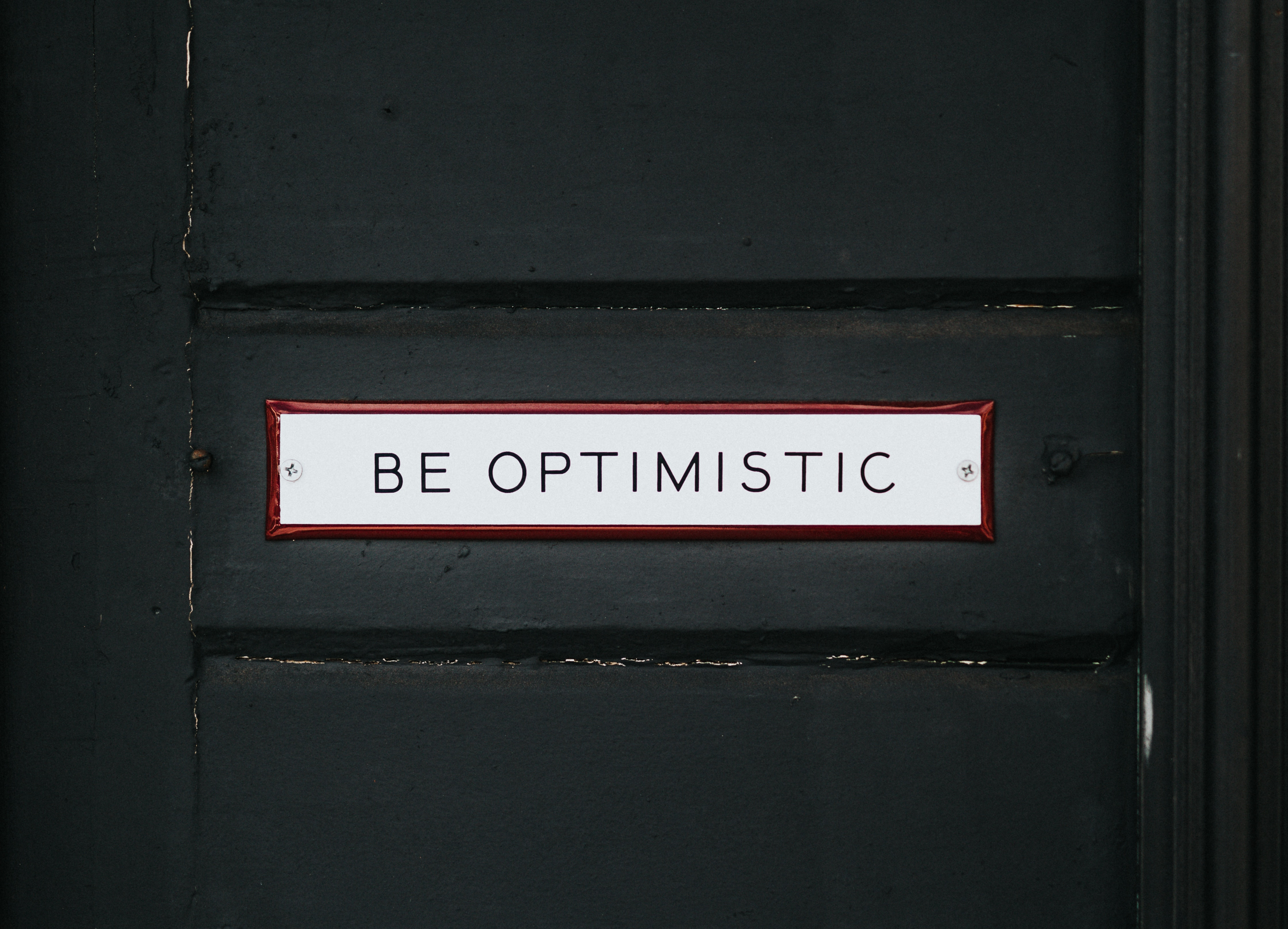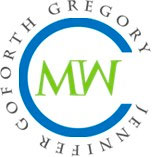Why freelance writers shouldn’t dread the “We will keep your information on file” response

Note from Jennifer: Since I know that many of you are focusing on LOIs this month, I wanted to share a post about LOI responses that I continue to find to be true. Last week was one of the highest earning weeks of my career thanks to a business card I gave someone in 2015 – yes, look for an upcoming blog about it – so I’m a bit tired and decided to rerun this post. And yes, we are doing a marketing challenge this year so keep your eye out.
Each time you send a Letter of Introduction (LOI) to a potential client, you will likely get one of these four responses:
- Crickets. Silence. Nothing Nada.
- You are not a fit for our company.
- We want to hire you right now and offer you a gazillion dollars.
- We don’t use freelancers.
- We will keep your information on file.
Not surprisingly, the first response is the most common. And the most annoying. But I honestly think that marketing is less frustrating if you assume that you will hear nothing and then be happy with any other response. Most writers assume that crickets means the editor doesn’t want to use them, but it could mean a hundred of different things. Read this post every time you think silence means someone doesn’t want to work with you.
I appreciate it when a client tells me that they don’t use freelancers so I don’t waste both of our time with following up. I will usually follow up with them yearly since things can change. And if they do decide to use freelancers, then you want them to remember you.
But if you aren’t following up on the crickets, you are leaving money on the table. And if you need inspiration, I recently heard of a writer who heard nothing back from a content marketing agency the first three times she emailed and then was offered a high paying assignment after the FOURTH follow up. I usually follow up after 3 weeks and then every 3 months for a year. If I have heard nothing after a year, then I move to following up every 6 months.
Yes, you can turn these responses into money
Fortunately, it’s very rare that a client flat out tells you that they don’t want to work with you. And unfortunately, most clients won’t offer you a gig right away. But either of those reactions are at least an answer. That leads us to the last response, which I think often gets a bad rap.
Most of the time when you get a response from an LOI, it isn’t an offer of a high paying assignment (although its wonderful when that does happen) or an email saying that they don’t want to work with you. The most common response is an email saying, “Thanks for contacting us. We will keep your information on file.” Or sometimes it’s even more positive, “Your background looks great. We don’t have anything right now. We will keep your information on file.”
But regardless of the exact wording, if this type of response confuses you, you aren’t alone. A number of members of my Freelance Content Marketing Writer group on Facebook have asked what to do when this happens. And many writers have referred to it as the “dreaded ‘keep your info on file’ response.” But I have a different opinion. I think that this response is gold. And over the past five years, I’ve earned over $100K from clients who initially gave me this response.
Are they just politely saying they never ever want to work with you?
Several writers have told me that they think it is simply a polite kiss-off letter. And that this means that the editor does not want to work with them ever in a million years. So, yeah, of course, that is possible. And yes, of course, sometimes that is what they mean. But honestly, I think it’s the least likely meaning behind the words when it comes to content marketing clients.
Here are my two reasons why:
1. The volume of work varies greatly with content marketing
With journalism, I do think ‘keeping your info on file’ is probably more often a kind rejection because publications and website have an ongoing need for freelance writers that remains relatively the same. Their main product is the publication, so they always need for writers to produce stories. While there may be some variation of their freelance needs based on staff availability, most publications typically use freelancers for the same amount and type of stories throughout the year. Even more importantly, they look at the type of writer and experience of that writer.
But this isn’t true with content marketing clients. The need can vary dramatically. A client may need several whitepapers written for an upcoming campaign. Or they may launch a new blog aimed at a specific type of customer. This is even more true with content marketing agencies: their need for writers depends on the number and type of clients that they currently have. So if they lose a client, their need goes down and each time they gain a client, their need rises.
Because of this fluctuation in volume and need, it can take a while for freelance writers to land a new content marketing client. The majority of clients, both direct companies and agencies, have their freelance needs covered at any given time. Of course, sometimes you will get lucky and reach out just as they are looking for new writers. But often there is only a need for new writers if they launch a new project or someone leaves.
2. The type of writer needed varies based on the type of writing and subject matter.
With journalism, the type of writer they need usually is pretty much always the same. A travel magazine is always going to want writers who specialize in travel writing. A B2B trade publication for cardiologists is always going to want writers specializing in cardiology. And they are always going to need writers who can conduct interviews with experts and write a well-researched feature style piece.
However, a business may have no need for a whitepaper writer, but then in two months, the head of marketing decides that they need to write a whitepaper. So when you sent your LOI, they might not have needed someone with your skills. But then down the road they do.
Another example is a company that makes products for people with diabetes, which may previously have only marketed directly to physicians, so they had freelancers who would write content for doctors. But now they are marketing their products directly to consumers as well, so now they need writers who can write directly to patients, a skill that their current B2B writers may not have.
This is even more true when it comes to agencies. If they land a new client, then they have a whole new set of needs in terms of writers. They have no idea what new client is going to walk in their door next week.
So what should you do when you get this type of response?
The good news is that this response means that they do with work freelancers, which is the first hurdle. And the really good news is that they responded at all. You should view this as a positive response, because there is a possibility of a potential client becoming a client. But if you view it as a rejection and do nothing, then you almost definitely will not get work from it. And it’s possible you are leaving money on the table.
So next time you get this response, take the following four steps:
- Respond to the email. I always respond. Sometimes I just say a short “Great! I look forward to hopefully working with you in the future.” If the response seems very positive, then I may ask when would be good time for me to check in. Several times, I have gotten valuable information from this question, such the fact that they plan content every quarter or that they are finishing up a big project in March. But whatever you decide to say, keep it short, professional and enthusiastic.
- Make a reminder to follow up. Unless the client gave you a timeline to follow up, I would probably recommend checking in every 2 to 3 months. To make sure I don’t forget, I put a reminder on my calendar.
- Actually follow up. If you don’t follow up, then you are leaving money on the table. Check out this post for a template for following up and this post for some ideas on ways to follow up. Other ways to stay on their radar is to share social media posts and post comments on their blogs. If you have added new clips, brands or experience that may raise your stock in the client’s eyes, be sure to include that information.
- Work to build a relationship. Sure, your main goal is to get work. But I recommend that, instead, you should think of your goal as building a relationship now with the potential client so that when a gig shows up that you are a perfect fit for, they think of you first. How you do that varies based on the client and the information they give you in the emails. Once I helped a potential client plan a trip via email and other time I gave some free ideas for a new project they were working on.
Yes, landing a new client rarely happens overnight. Yes, it will take work and follow ups to turn a ‘we’ll keep you on file’ response into a paying contract. But many writers will tell you that their best clients have come from these types of response. It’s not a polite rejection. It’s the honest to goodness truth. So next time you get this response, don’t dread. Be happy. And then take the actions needed to turn the maybe into a great new client.
Have you ever landed a client after a third, fourth, or later follow up?


Great tips. I’m def going to follow-up with some people who gave me the old “brush off.” What’s the worst that can happen?